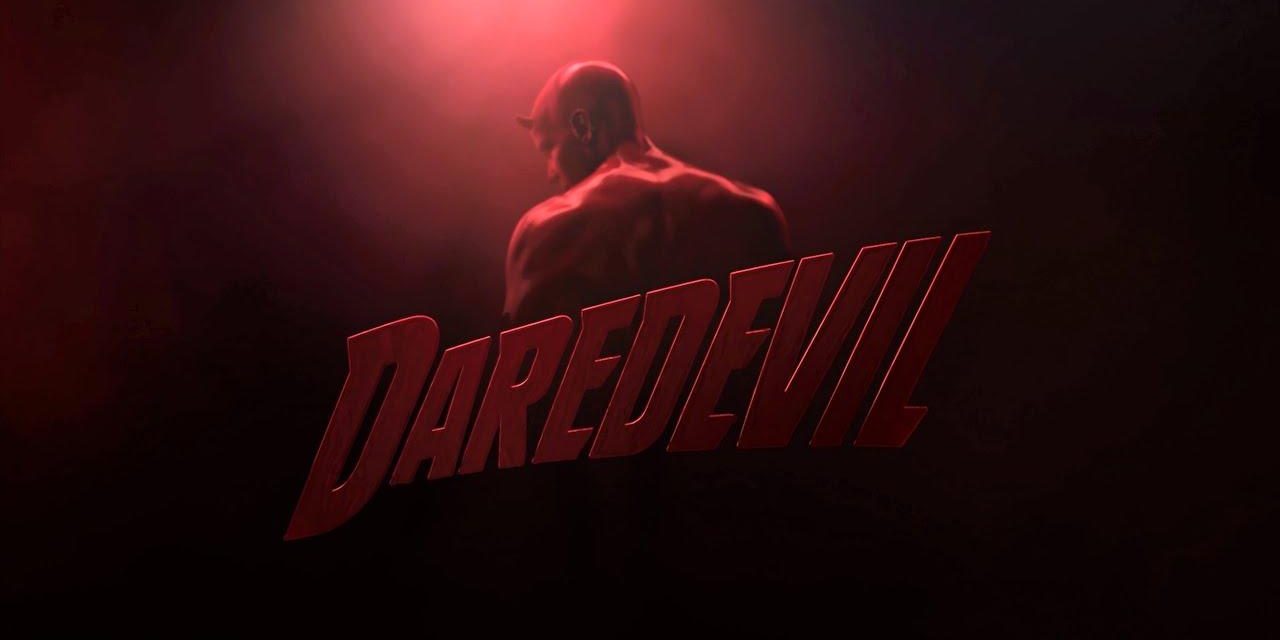One way of successful storytelling before the real action begins is through the clever and creative use of title sequence since it is where you can draw your audience’s utmost attention.
I believe, as the creators, this is where you make it or break it.
In one of my recent Netflix binge-watching instances, I came across an alluring title sequence. Marvel’s Daredevil title sequence is no less than a surreal blood-red visual treat to watch. Created by Patrick Clair — who has bagged masterpieces with the likes of True Detective, Halt and Catch Fire — this is yet another, one of a kind title sequence.
The picture drawn by the blood-red theme reflects the sinister darkness that is prevailing over Hell’s kitchen. This is where the main character Ruport Murdock, a lawyer by day and a Daredevil by night, takes birth. An insight into his dual role is shown through the figure of Lady Justice and an outline of Daredevil appearing one after another. This very image gives birth to two conclusions:
- Murdock still believes that justice can prevail, which means, he has not fully submitted to the dark side of a vigilante. At least, not yet.
- With the failure of institutions, the Daredevil rises.
The title sequence also portrays the outline of Hell’s kitchen, specifically the buildings taking shape in the form of a blood-red color. This seems like the texture of wax, dripping down and seeping into the streets like a sickly feeling of dread, which is again originating from the corruption and injustice that has taken root in Hell’s Kitchen.
As put very nicely by a reviewer, “the city bleeds, and a hero is born”, is the most accurate description that does justice to the title sequence being depicted on the screen.
Besides, the inspiration for this red fluid could also be a reference to the deadly, viscous substance that blinded Murdock when he was a child, a theory that is supported by Patrick Clair himself. Hence, Murdock sees the world as if it’s on fire.
The highlight of the opening sequence is the title track composed by John Paesano, which gives a feeling of pensive sadness as the piano notes take a slow transition from low to high, ultimately raising the anticipation of the listener. This perfectly sets the mood of the viewer (both visually and audibly) for the show that is about to start.






Recent Comments